(NLĐO) - Returning to Earth after 80,000 years, C/2023 A3 (Tsuchinshan-ATLAS) will become increasingly brighter in the first half of October.
Although C/2023 A3 is a newly discovered comet from 2023, calculations suggest it's an old friend, having visited Earth 80,000 years ago, when the world was still inhabited by many other human species.
According to Science Alert, we are about to witness again the spectacular performance that our ancestors, Homo sapiens and other ancestral species, once enjoyed – albeit with the naked eye.
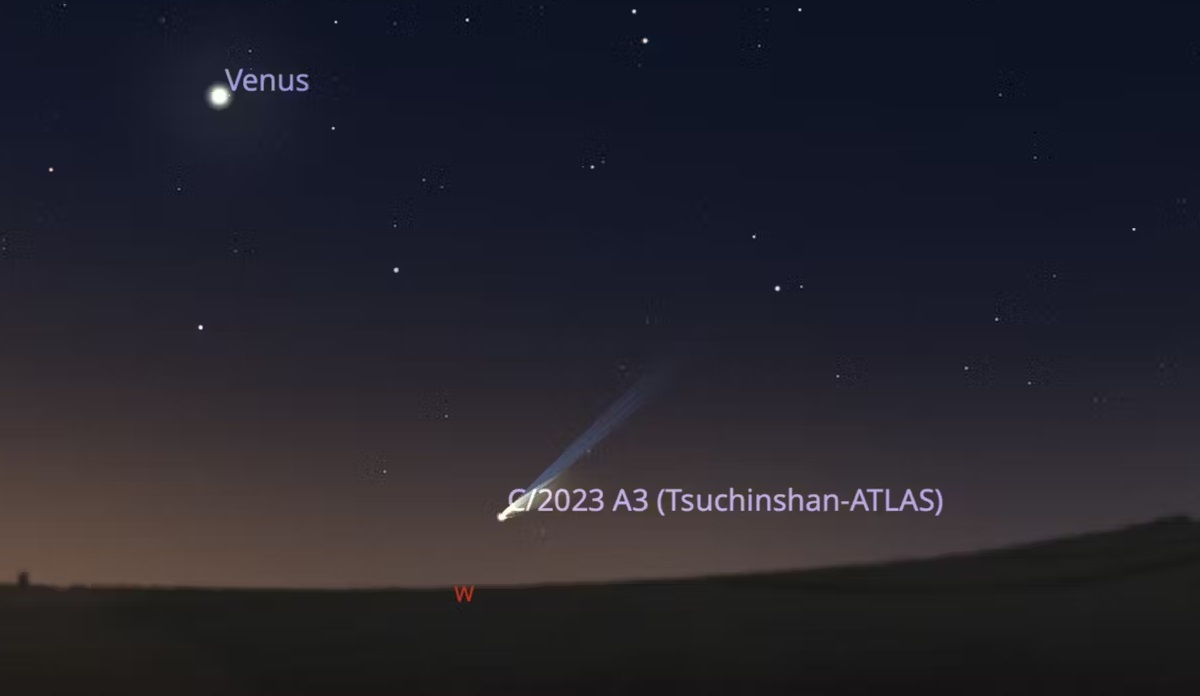
An expected image of comet C/2023 A3 on October 14th, with Venus shining brightly above - Photo: Stellarium
C/2023 A3 has many nicknames such as "the comet of the century" or "another friend of mankind" and was visible to the naked eye in late September, but not spectacularly.
Professor Jonti Horner, an astrophysicist from Southern Queensland University (Australia), told The Conversation that comet C/2023 A3 is a morning object, rising about 1.5 hours before sunrise.
Therefore, if you want to see it, you need to wake up early and face east.
It will gradually move towards the horizon until it almost disappears around October 6th or 7th, as it blends into the sunrise.
This comet will be almost directly between Earth and the Sun on October 9th and 10th. At that distance, it will be very bright, but unfortunately, it will be obscured by sunlight, making it only observable using special techniques.
But don't worry too much if you missed the chance to see this object before.
After oscillating between Earth and the Sun, C/2023 A3 will reappear in the sky early each evening.
It will quickly climb into the western sky and will be a bright object, visible to the naked eye, for several days starting from October 12th.
The positions of the comet, Earth, and the Sun in the solar system will cause the comet's tail to extend to a very large length.
Much of that tail is too faint to be easily seen with the naked eye, but it's a fantastic sight for photographers with specialized cameras.
The comet will rise higher and fade quite rapidly during the latter half of October, becoming invisible to the naked eye by the end of the month.
After escaping human sight, C/2023 A3 (Tsuchinshan-ATLAS) will continue its escape from the inner solar system, moving into the icy depths of space, possibly not returning for another 80,000 years, or possibly never.
Source: https://nld.com.vn/cach-quan-sat-sao-choi-ban-cua-loai-nguoi-khac-trong-thang-10-196241002111012302.htm














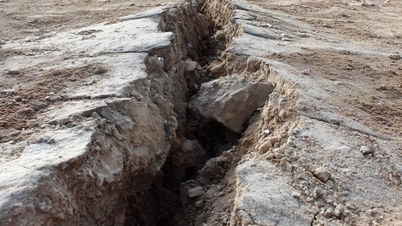

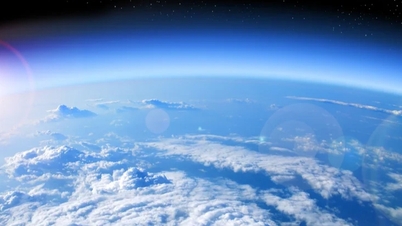



















































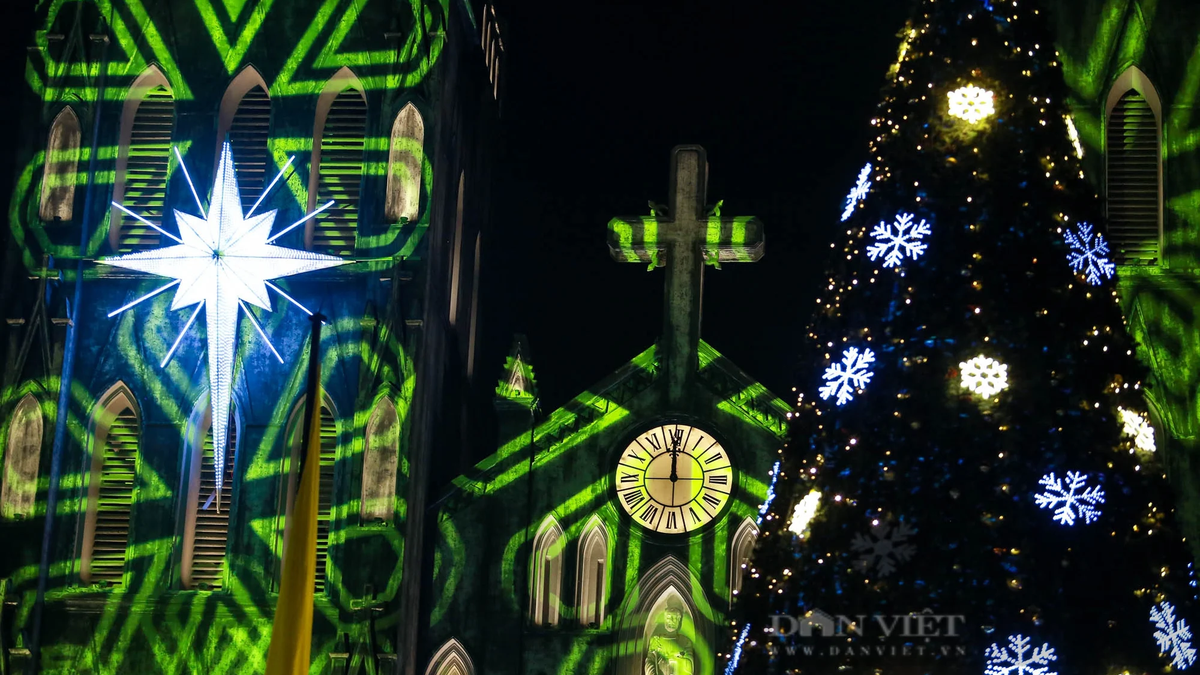


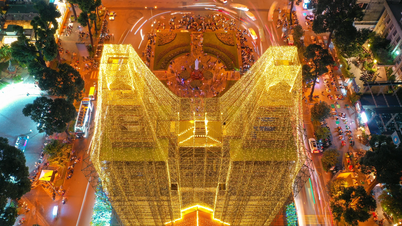




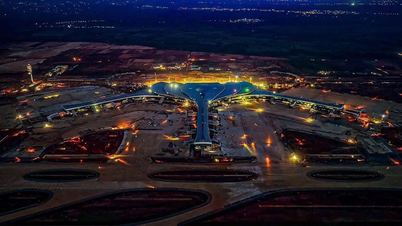

































Comment (0)